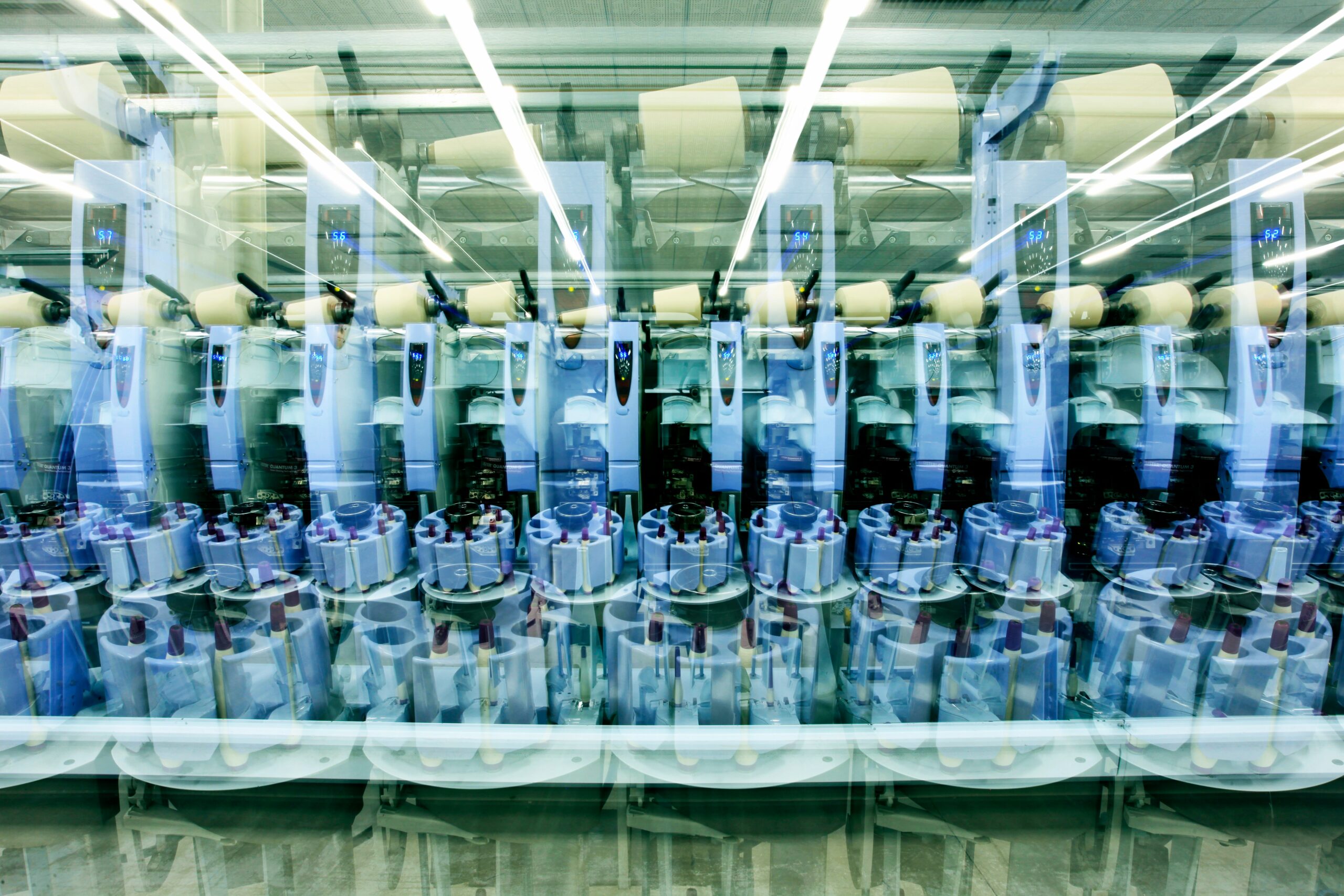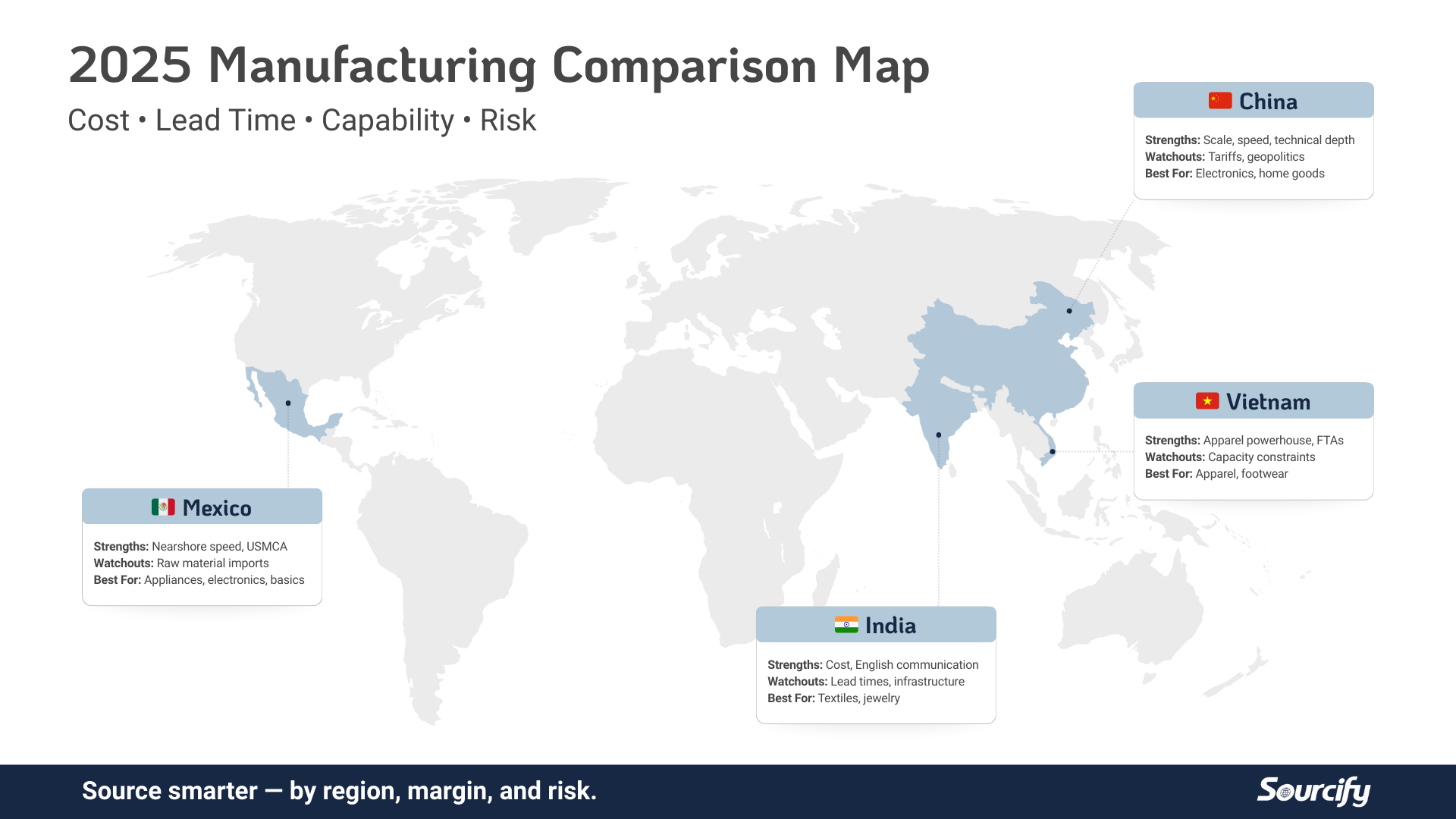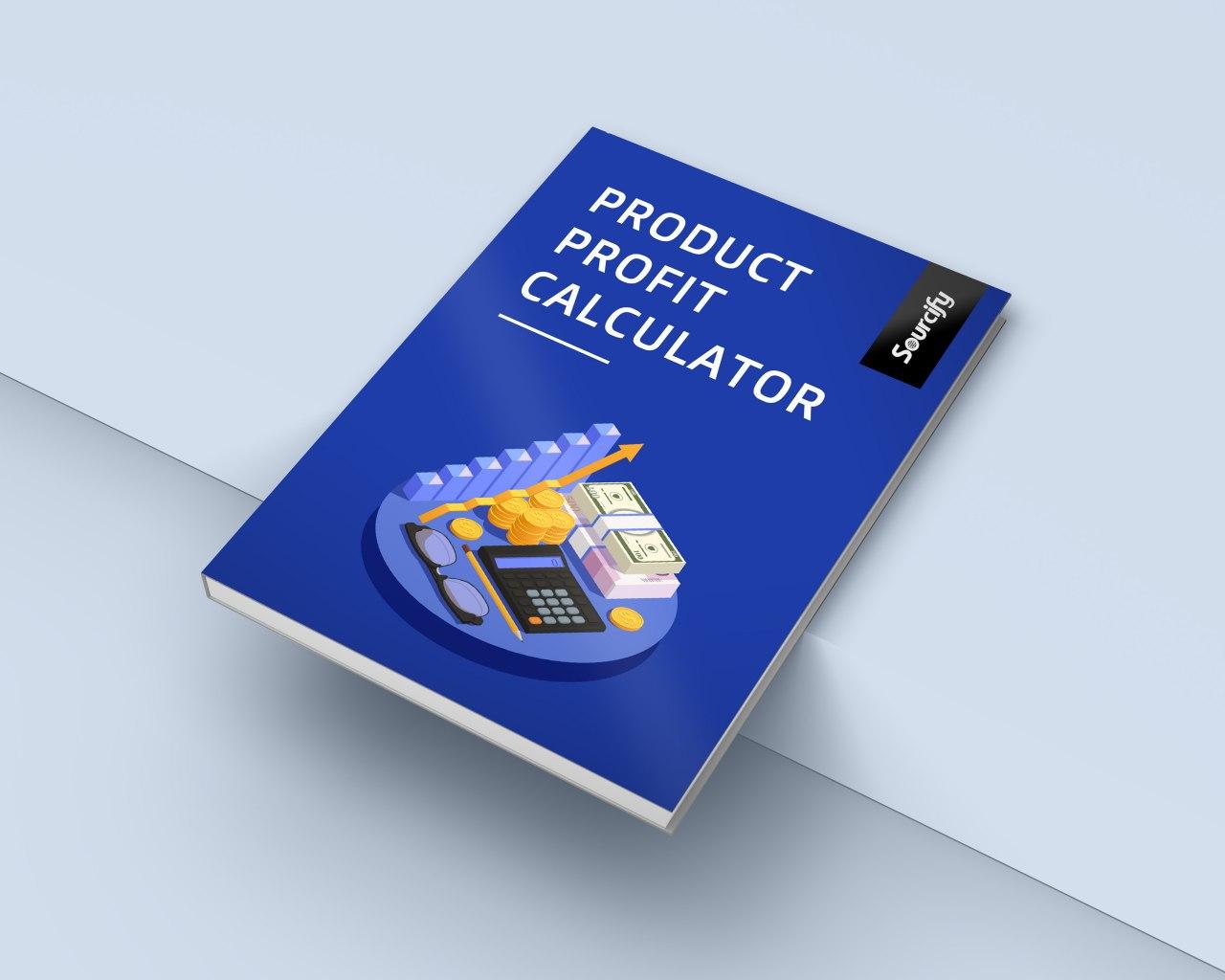Turning nostalgia, Poolsuite FM, and smart ops into real market share
If the rest of skincare is about promises — brighter, tighter, clearer — sunscreen is about prevention.
You’re not buying a transformation you can see today. You’re buying protection against damage you hope never shows up.
That basic truth is why SPF has stayed boring for so long:
- Functional
- Clinical
- Fear-based (“avoid burns, avoid cancer”)
And it’s exactly why Vacation stands out.
In just a few years, the brand went from a retro in-joke on an internet radio station to:
- ~1.1% share of the U.S. sunscreen market
- #13 overall in the category
- The #1-selling sunscreen SKU at Target
All built around a ridiculous-sounding promise:
“The official sunscreen of leisure.”
Underneath the playful branding, though, Vacation is a seriously disciplined business. This is a story about:
- Reframing a commoditized category
- Partnering with a cultural institution instead of a celebrity
- Using nostalgia as IP
- And quietly building a supply chain and retail footprint that makes the brand acquisition-ready.
Where Vacation Fits in the Skincare Landscape
Across this skincare season, a pattern emerged:
- Values-first brands like Topicals → built around underserved consumers and chronic skin conditions.
- Celebrity-led brands like Rhode → fame plus serious operators and tight SKU discipline.
- Science-first brands like Medik8 and Curology → heavy on clinicals, PE-backed, systematized.
- Culture + joy brands like Glow Recipe → translating routines into something playful and sensorial.
Across all of them, skincare was:
- Aspirational (“look like this”)
- Transformational (“fix that”)
- Emotionally charged around improvement
Sunscreen is different:
- It’s preventative, not aspirational.
- You’re paying to not get burned or not get cancer years from now.
- And yet the stakes are enormous: 1 in 5 Americans will develop skin cancer by age 70, and daily SPF use can cut melanoma risk by 40–50%.
So you have:
- A $12.6B global sunscreen market growing to ~$19.9B over the next decade
- ~$2B in U.S. revenue alone
- Mineral SPF still a minority of sales, but the fastest-growing segment
A big, steady category that incumbents never really made desirable.
Vacation’s insight was simple but powerful:
“If sunscreen is used at the most fun moments of people’s lives (pools, beaches, vacations)…
why does it feel like a medical chore?”
Sunscreen 101 (The Category They Chose to Disrupt)
To understand why Vacation works, you need the basics of the category.
UV: What We’re Actually Protecting Against
- UVA (A = Aging)
Long-wave (320–400 nm). Penetrates deep. Drives wrinkles, collagen breakdown, some skin cancers. - UVB (B = Burning)
Medium-wave (290–320 nm). Surface-level burns, DNA damage, main cause of sunburn and many cancers. - UVC
Short-wave (100–280 nm). Extremely dangerous, but mostly absorbed by the ozone layer — not a daily consumer concern.
Most SPF products target UVA + UVB (broad-spectrum).
Chemical vs Mineral Filters
Chemical filters (e.g., avobenzone, octocrylene):
- Mechanism: absorb UV and convert it to heat
- Pros: light, invisible, great for high SPF and water resistance
- Cons: more irritation risk; certain filters (like oxybenzone, octinoxate) linked to coral reef harm and now banned in places like Hawaii
Mineral filters (zinc oxide, titanium dioxide):
- Mechanism: physically reflect/scatter UV
- Pros: reef-safe, gentler, preferred for babies, sensitive skin, and post-procedure
- Cons: historically thick, chalky, especially on deeper skin tones (though modern formulas are improving)
Vacation hedges:
- Classic line → chemical, “Hawaii reef compliant”
- Mineral line → zinc-based formulas for the clean/sensitive segment
From a founder’s lens, that dual approach matters: it gives them:
- Beauty-friendly formulas (no white cast) for mass retail
- Credibility with “clean” and mineral-first consumers and retailers
Why Sunscreen Is So Fragmented by Region
Sunscreen is one of those categories where regulations shape product strategy.
Australia – Harsh Sun, Harshest Rules
- Among the highest UV levels and skin cancer rates in the world
- ~2 in 3 Australians diagnosed with skin cancer in their lifetime
- SPFs ≥4 are regulated as therapeutic goods by the TGA
- Sunscreen is a non-negotiable daily habit, not a beach-only product
- “Australia-certified” carries global halo as a gold standard
EU & Brazil – More Filters, Cosmetic-First
- Sunscreen is regulated as a cosmetic
- 34+ UV filters allowed (vs 16 in the U.S.)
- Studies show EU sunscreens often allow ~3x less UVA penetration at equivalent SPFs vs U.S. formulas
- High-performance, elegant textures are more common
U.S. – OTC Drugs and a Slow FDA
- Sunscreen is regulated as an OTC drug
- Only 16 filters allowed; zinc and titanium are the only “fully GRASE” mineral filters
- No new filters approved since 1996, despite decades of global use elsewhere
Strategically:
- Australia-first → great if your brand is “science and rigor,” but slower and costlier to launch
- EU-first → ideal for “innovation and elegance”; you may later “simplify” formulas for U.S. regs
- U.S.-first (Vacation’s path) → best if you’re optimizing for brand, distribution, and cultural reach in a huge home market, then selectively reformulating abroad
Vacation clearly chose:
Build a cultural SPF brand in the U.S. and then adapt as needed.
The Playa del Carmen Insight: “Why Is Sunscreen So Boring?”
Vacation’s origin story starts on a beach, but it’s not a “we launched that week” tale.
The Founders
- Lach Hall – Australian-born, started in the music industry, doing viral marketing for bands
- Dakota Green – fellow NYC ad-world operator
They’d known each other since 2013. In 2017, while working remotely in Playa del Carmen, Mexico, they had the conversation that changed everything:
- Sunscreen is used in peak leisure moments (pool, beach, vacation)
- Yet the category had become increasingly clinical and fear-driven
- Older brands leaned on “banana oil” nostalgia or fluorescent sport branding — not modern leisure
Lach’s Australian upbringing added urgency: he’d grown up with:
- High skin cancer awareness
- Campaigns like “Slip, Slop, Slap”
- A sense that SPF had to be effective — but didn’t have to be joyless
They started asking:
“What would sunscreen look and feel like if it were truly built around leisure?”
But this didn’t immediately turn into a launch.
For almost two years, Vacation existed only as:
- A brand concept
- A shared Dropbox folder
- A moodboard of retro poolsides, hotel stationery, and 35mm filters
They called it their “creative incubation period” — refining:
- The tone of voice (“the official sunscreen of leisure”)
- The visual world (’80s resort aesthetic)
- The idea of “leisure-enhancing sunscreen”
They were missing one piece: a cultural engine.
Enter Poolsuite FM: Partnering with a Cultural Institution, Not a Celebrity
The missing piece arrived in late 2019 via a founder Slack group:
Marty Bell, creator of Poolsuite FM.
If you’ve never seen Poolsuite:
- It’s a retro-styled web app that looks like an old Mac or DOS UI
- It streams ’80s/90s poolside synth and yacht rock
- The visuals are absurd – think game show contestants rolling in honey and money in pastel swimwear
- It was built to “bottle the feeling of being on a permanent vacation”
No business model, just vibes.
But over time, Poolsuite developed:
- Millions of sessions annually, especially during COVID
- Coverage in VICE, GQ, Vanity Fair, etc.
- A cult fanbase that treated it like an online country club for leisure nerds
Crucially:
Vacation and Poolsuite felt like they had been born in the same universe.
Even today, if you encounter Vacation and Poolsuite separately, you’d struggle to say which came first.
Lach and Dakota saw it the same way. They approached Marty, and he joined as:
- Co-founder
- Creative director of the “Vacation universe”
Within weeks, they had:
- A cohesive brand world
- A built-in audience
- A distribution channel (Poolsuite itself)
This is a very different play from:
- Renting a celebrity audience
- Or starting a brand and then trying to build culture around it
Vacation started with culture-first, product-second.
Building the Brand Before the Bottle
With Marty on board, the team went to work on two things in parallel:
- Capital – to build formulas and inventory
- Formulation – to make sure the sunscreen wasn’t just a joke
The Most On-Brand Deck You’ve Ever Seen
They created a 42-page “novella” pitch deck that looked like:
- A photocopied 1980s corporate manual
- Filled with faux-memos, retro charts, and tongue-in-cheek slides
- Entirely in character for “Vacation, Inc.”
It did what a good deck should:
- Proved that they understood the assignment culturally
- Made it obvious there was a well-defined, ownable world here
- Attracted investors who cared about brand as IP, not just COGS and ROAS
Investors included:
- Roth Martin (Rothy’s co-founder)
- Consumer operators like Kat Cole and Peter Rahal
By early 2020, Lach and Dakota were full-time on Vacation.
CleanClassic™: Worlds Best-Smelling Sunscreen (That Actually Works)
On the product side, they were just as disciplined:
- Partnered with dermatologist Dr. Elizabeth Hale to create CleanClassic™ formulas:
- Dermatologist-approved
- Reef-compliant where needed
- No “nostalgia at the expense of safety”
- Brought in luxury perfumers Carlos Huber and Rodrigo Flores-Roux to nail:
- A signature suntan-lotion-meets-hotel-lobby scent
- A scent that could justify the claim: “world’s best-smelling sunscreen”
The result:
Classic Lotion SPF 30, launched in Spring 2021 — exclusively via Poolsuite.
Tagline:
“The official sunscreen of leisure.”
Launching From a Cult Platform (Not From Zero)
The launch was a perfect expression of the ecosystem:
- A retro Vacation video ad aired on Poolsuite FM
- It was so on-theme that viewers weren’t sure if it was real or an elaborate bit
- Curious listeners clicked through, landed on a fully in-character DTC experience, and pre-ordered
Within 48 hours:
- ~10,000 signups
- ~$50K in sales
- Viral chatter on Twitter and LinkedIn (including folks like Chris Sacca)
They leaned into the bit even harder:
- Early customers could “claim a role” at Vacation:
- Shrimp Cocktail Designer
- Jacuzzi Temperature Analyst
- Backgammon Expert
- People actually put these on LinkedIn
- The titles became shareable artifacts of affiliation
This mattered because:
- It turned a single product purchase into participation in a world
- It let Vacation travel through social graphs, not ad auctions
- It made the brand highly memeable while still being grounded in high-quality product
From Gimmick to Real Business: Product & Channel Strategy
After the 2021 debut, the question was:
“Is this just a fun internet moment, or can it be a real company?”
The answer came from disciplined portfolio and channel moves.
Product: Weird (But Thoughtful) Line Expansion
- Classic Lotion SPF 30 (2021)
- Set the scent and brand DNA
- Proved people would buy “leisure” if the formula was solid
- Classic Whip SPF 30/50 (2022)
- A whipped-cream-style mousse in a tilt-valve can
- Looks like dessert, functions like SPF
- Extremely TikTok/IG friendly
- Vacation shipped ~1,500 units per week to event organizers and creators to amplify organic buzz
- 2024+ Assortment Expansion
- Instant Vacation SPF 30
- “VACATION” Eau de Toilette (fragrance)
- Shimmer Oil SPF 30
- Super Stick SPF 45
- Studio Tone SPF 50 3-in-1 Bronzing Drops
- Shake Shake SPF 50 Mineral Milk
All of it laddered back to:
- Leisure
- Scent and sensory experience
- Sunscreen as fun, not just functional
Channel: From Poolsuite to Ulta to Target
Vacation didn’t stay DTC-only for long.
Key moves:
- 2022 – Ulta Beauty rollout
- Target – Endcap and aisle-end features that dramatically increased velocity
- Followed by CVS, Costco, Nordstrom, Bloomingdale’s
Those doors did two jobs:
- Validated the brand as legit CPG, not just a meme
- Made it easier for a Target or CVS shopper to “discover” Vacation without ever visiting Poolsuite
Within about a year of serious retail distribution, Vacation:
- Grew from ~0.4% to 1.1% U.S. sunscreen share
- Reached #13 in the category overall
- Became the #1-selling sunscreen product at Target
A Masterclass in Brand Resurrection: Orange Gelée
If the founding story is the “start from scratch” playbook, Orange Gelée is the “resurrect a cult classic” playbook.
The Original
- Born in the 1920s (Monsieur Antoine, inspired by Coco Chanel)
- Sold in the U.S. as Bain de Soleil “Orange Gelée”
- Became iconic in the ’70s–’80s for:
- Balm-to-oil texture
- Low SPF (4–30) but ultra-glossy, luxe finish
- A distinctive scent (citrus, clove, patchouli, sandalwood)
- A chic metallic tube
Passed through multiple corporate owners, eventually landing at Bayer, which discontinued the line in 2019.
Fans:
- Begged for its return on forums
- Paid hundreds of dollars for remaining tubes on eBay
- Launched a Change.org petition with 10,000+ signatures
Why Vacation Was the Perfect Heir
Vacation was already:
- Building an ’80s poolside world
- Known for scent + sensory nostalgia
- Talking constantly about “leisure” and “suntan chic”
They started getting DMs:
“You should bring back Orange Gelée.”
So they did — but correctly.
How They Brought It Back
- Trademark, Not Formula
- They acquired the “Orange Gelée” trademark
- They did not inherit any formulas
- Forensics via eBay
- Bought expired tubes on eBay for lab reference
- Reverse-engineered:
- Texture
- Color
- Scent
- Advisory Panel of Superfans
- Assembled 11 lifelong fans and beauty experts
- Used them as a qualitative spec sheet for:
- Scent accuracy
- Skin feel
- Desired SPF level
- Packaging expectations
- Modernization
- Removed/minimized outdated ingredients (mineral oil, petrolatum, paraffin)
- Added better-for-skin oils and emollients
- Upgraded protection to broad-spectrum SPF 30
By the time they announced the relaunch (late 2023):
- 15,000+ people were on the waitlist
- The product sold out in three days
What Founders Should Steal From This
- Look for orphaned cult IP whose fanbase outlives the parent company’s priorities
- Treat resurrection as cultural restoration, not just a line extension
- Involve superfans in the process; they’ll catch things R&D won’t
- Update to modern safety, SPF, and “clean” standards — without losing the emotional cues (scent, texture, ritual)
Vacation didn’t just ship a dupe; they delivered a story the internet wanted to tell.
Funding, Financials, and Exit Window
Vacation’s growth isn’t just vibes — the numbers are lining up.
Capital & Revenue
- Seed / Angel (2021) – to launch Classic Lotion and initial DTC
- Series A – May 2023 (~$6M)
- Led by Silas Capital
- Joined by True Beauty Ventures, BFG Partners, Sonoma Brands, and others
- Series B – 2024 (~$10M)
- Led by True Beauty Ventures
- Celebrity investors including Emma Stone and Janelle Monáe
Performance snapshot:
- ~$40M revenue in 2024
- On track to double to ~$80M in 2025
- Profitable for the first time in 2025
- Reasonable line-of-sight to $250M+ by 2030 if growth and category expansion continue
From an acquirer’s POV, Vacation is getting close to “exit-ready” scale, especially for:
- Beauty strategics (Estée Lauder, L’Oréal, Coty, Shiseido)
- High-growth beauty consolidators (e.l.f. has already shown appetite with Rhode)
At ~$80M+ revenue with strong brand equity, you can start to justify:
- $200–300M+ valuation on today’s numbers
- More, if the buyer believes:
- Vacation can keep expanding daily SPF usage
- Fragrance, body, and adjacent categories can scale
- Poolsuite + Vacation is a reusable cultural engine, not a one-brand anomaly
What Vacation Still Needs to Prove (Before a Top-Tier Exit)
If we were advising Vacation on their 2–3 year plan, we’d focus on four things:
- Sustain Profitable Growth
- Show 7+ quarters of profitable or clearly unit-economics-positive growth
- Maintain strong velocity in Ulta/Target/CVS while scaling DTC and Amazon
- Deepen Retail & International
- Build a clear laddered strategy:
- Mass (Target, CVS, Costco)
- Prestige (Nordstrom, specialty)
- Test international in a way that respects regional SPF regs and brand fit (e.g., Australia, EU, Asia)
- Build a clear laddered strategy:
- Harden Supply Chain
- Redundancy on key fillers and packaging (whip cans, fragrance components, specialty valves)
- Documented quality systems and regulatory compliance
- Robust forecasting and inventory planning so hero SKUs don’t chronically stock out
- Package the Brand’s Intangibles
- Quantify Poolsuite’s role:
- Audience overlap
- Cross-channel lift
- Brand search, EMV, and repeat rates
- Codify what makes Vacation “Vacation”:
- Scent IP
- Tone of voice
- Design system
- Make it clear to a buyer that you’re selling a cultural engine, not just a line of SKUs
- Quantify Poolsuite’s role:
Takeaways for Founders & Operators
Vacation is more than a pretty case study; it’s a playbook.
1. Start with a world, not just a product
- Poolsuite gave Vacation a fully formed universe before the first tube shipped.
- Ask: if your product disappeared, would anyone miss the world around it?
2. Partner with existing culture, not just influencers
- Poolsuite wasn’t a celebrity; it was a micro-institution with deep fan love.
- That kind of affinity travels further than a rented audience.
3. Don’t skip the boring parts
- Derms, regulatory compliance, reef standards, supply chain discipline — those made sure the product was more than a joke.
4. Use nostalgia as a feature, not a crutch
- Orange Gelée shows how to resurrect IP the right way: honor the past, upgrade for today.
5. Design for daily use, not just seasonal spikes
- The real upside in sunscreen is converting “beach-only” users into 365-day SPF people.
- Fragrance, texture, and joy are how you win that behavior change.
If you’re building in sunscreen or skincare — especially across multiple regulatory regimes — the front-end brand story is only half the battle.
You still have to:
- Choose the right filters and manufacturing partners
- Design packaging that survives beaches, retailers, and supply chains
- Navigate FDA/OTC or TGA/EU frameworks
- And build a P&L that looks as good as your Instagram
That’s the unsexy side of beauty that Sourcify lives in every day.
You bring the world and the story.
We’ll help you build the system that keeps it on shelves.




